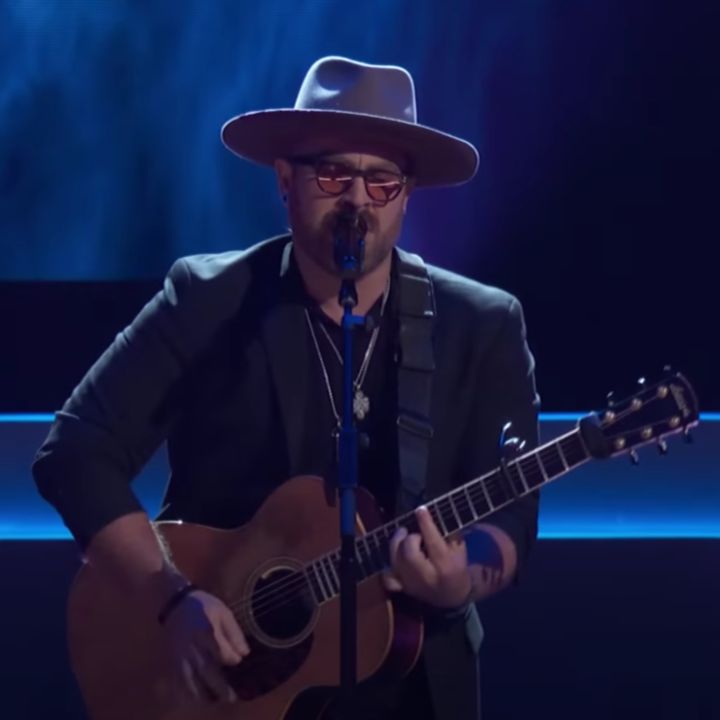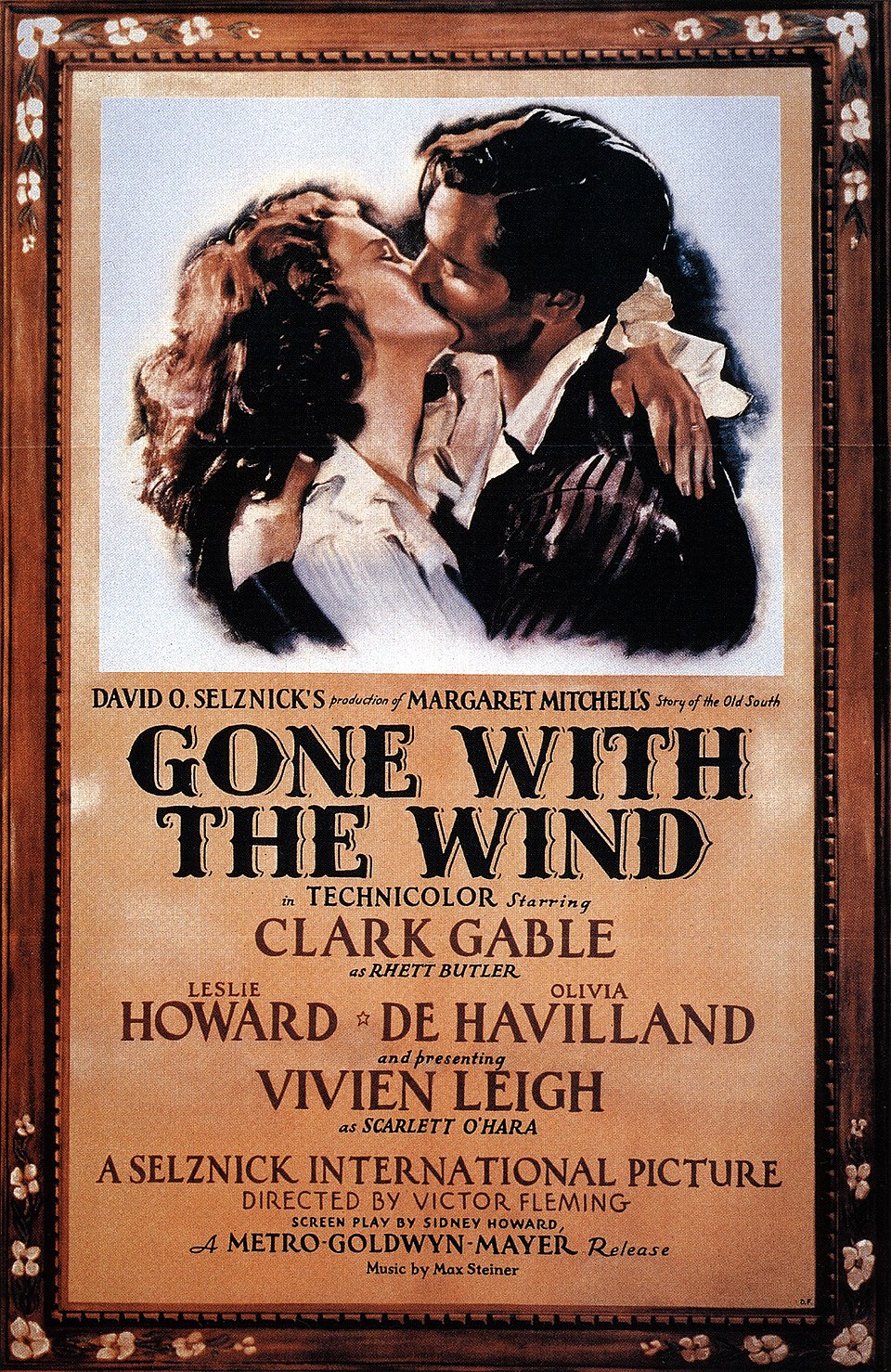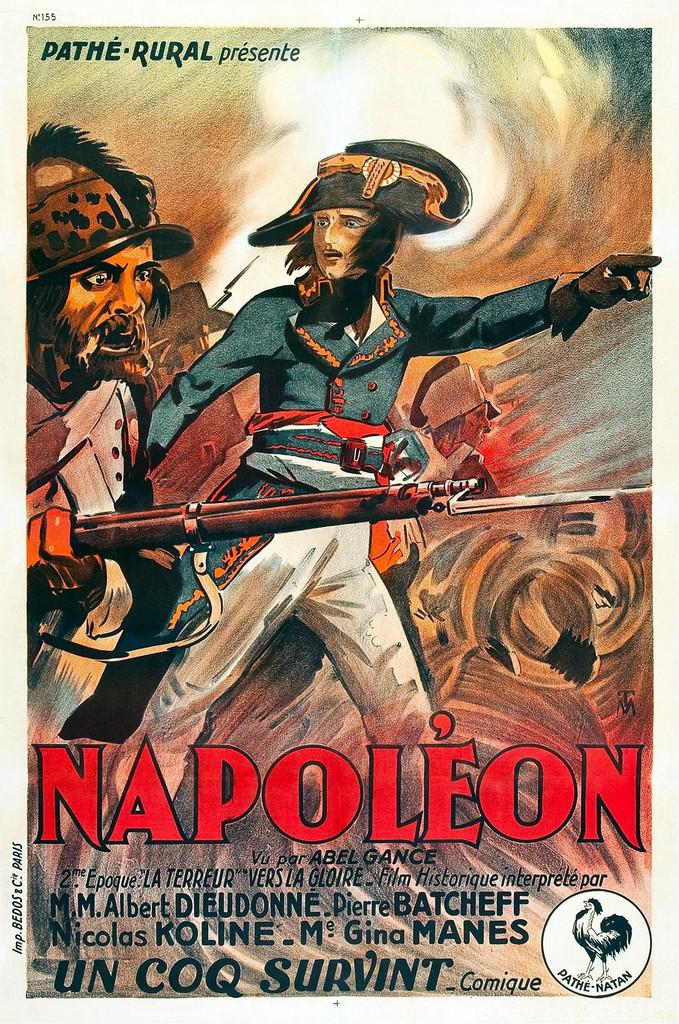Winning The Voice is a dream come true for many aspiring artists. The grand prize includes a $100,000 cash award and a recording contract with Universal Music Group. But beyond the immediate rewards, the long-term success of winners varies. Some have leveraged the platform to build thriving music careers, while others have struggled to maintain momentum. Let’s delve into the journeys of six past winners to see how the title of The Voice champion has impacted their careers.
1. Adam David (Season 27, 2025)
Adam David, a rock-and-blues artist from Fort Lauderdale, Florida, clinched the Season 27 title under coach Michael Bublé. His victory awarded him the standard $100,000 cash prize and a recording contract with Universal Music Group. As the first instant-save contestant to win the competition, his journey was particularly noteworthy. Post-win, Adam expressed immense gratitude for the opportunity and the support from his coach. Fans eagerly anticipate his debut album, hoping it captures the raw energy that won him the title.
2. Sofronio Vasquez (Season 26, 2024)
View this post on Instagram
Sofronio Vasquez made history as the first Filipino to win the U.S. version of The Voice, also under the mentorship of Michael Bublé. His soulful rendition of “Who’s Lovin’ You” captivated audiences and secured his win. Alongside the $100,000 prize and recording contract, Sofronio’s victory was a testament to his perseverance, having previously faced rejection in The Voice of the Philippines. Since his win, he’s been touring and working on new music, aiming to inspire others with his story. His journey underscores the transformative power of the platform for international artists.
3. Chevel Shepherd (Season 15, 2018)
View this post on Instagram
At just 16 years old, Chevel Shepherd charmed America with her classic country vocals, leading to her Season 15 win under coach Kelly Clarkson. She received the customary $100,000 and a recording contract, which she used to further her music career. Chevel expressed a desire to purchase a ’72 Chevrolet Chevelle with her prize money, a nod to her name. Post-show, she released her debut EP and performed at various events, steadily building her presence in the country music scene. Her youthful energy and traditional sound continue to resonate with fans.
4. Todd Tilghman (Season 18, 2020)
View this post on Instagram
Todd Tilghman, a pastor and father of eight, brought heartfelt performances to Season 18, ultimately winning under coach Blake Shelton. His $100,000 prize provided financial relief and opportunities for his large family. Todd’s authenticity and powerful vocals endeared him to viewers. Since his win, he’s performed at the Grand Ole Opry and released new music, embracing his role in the gospel and country music communities. His story highlights how The Voice can spotlight unique, relatable talents.
5. Jordan Smith (Season 9, 2015)
View this post on Instagram
Jordan Smith’s soaring vocals and emotional performances led him to victory in Season 9 under coach Adam Levine. Post-win, he utilized his $100,000 prize and recording contract to launch a successful career in Christian and pop music. Jordan released multiple albums, with his debut becoming a bestseller. He also penned “Ashes,” performed by Celine Dion for the Deadpool 2 soundtrack, showcasing his songwriting prowess. Jordan’s trajectory exemplifies how The Voice can serve as a springboard for diverse musical endeavors.
6. Cassadee Pope (Season 3, 2012)
View this post on Instagram
Transitioning from pop-punk to country, Cassadee Pope won Season 3 under coach Blake Shelton. Her $100,000 prize and recording contract facilitated her shift into the country music industry. Cassadee’s debut solo album charted successfully, and she earned a Grammy nomination for her duet “Think of You” with Chris Young. Her adaptability and vocal talent have kept her relevant in a competitive industry. Cassadee’s journey illustrates the importance of versatility and strategic genre transitions post-The Voice.
The Voice Winner Prize: A Launchpad, Not a Guarantee
While the $100,000 cash prize and recording contract offer substantial initial support, long-term success for The Voice winners varies. Factors such as genre, market trends, personal branding, and post-show management play crucial roles in sustaining a music career. Some winners leverage the platform to achieve lasting fame, while others find moderate success or pivot to different paths. Ultimately, The Voice provides a valuable opportunity, but it’s the artist’s subsequent choices and resilience that determine their enduring impact.
Which The Voice winner’s journey do you find most inspiring? Share your thoughts and favorite performances in the comments below!
Read More
How Much Do The Voice Coaches Make?
These Indie Artists Are Quietly Worth Millions—and You’ve Never Heard Their Names

Amanda Blankenship is the Chief Editor for District Media. She frequently writes for a handful of blogs and loves to share her own personal finance story with others. When she isn’t typing away at her desk, she enjoys spending time with her daughter, son, husband, and dog. During her free time, you’re likely to find her with her nose in a book, hiking, or playing RPG video games.





